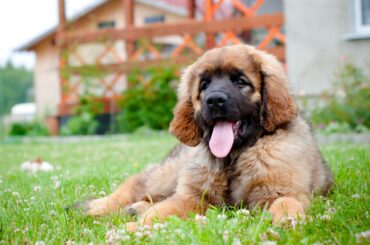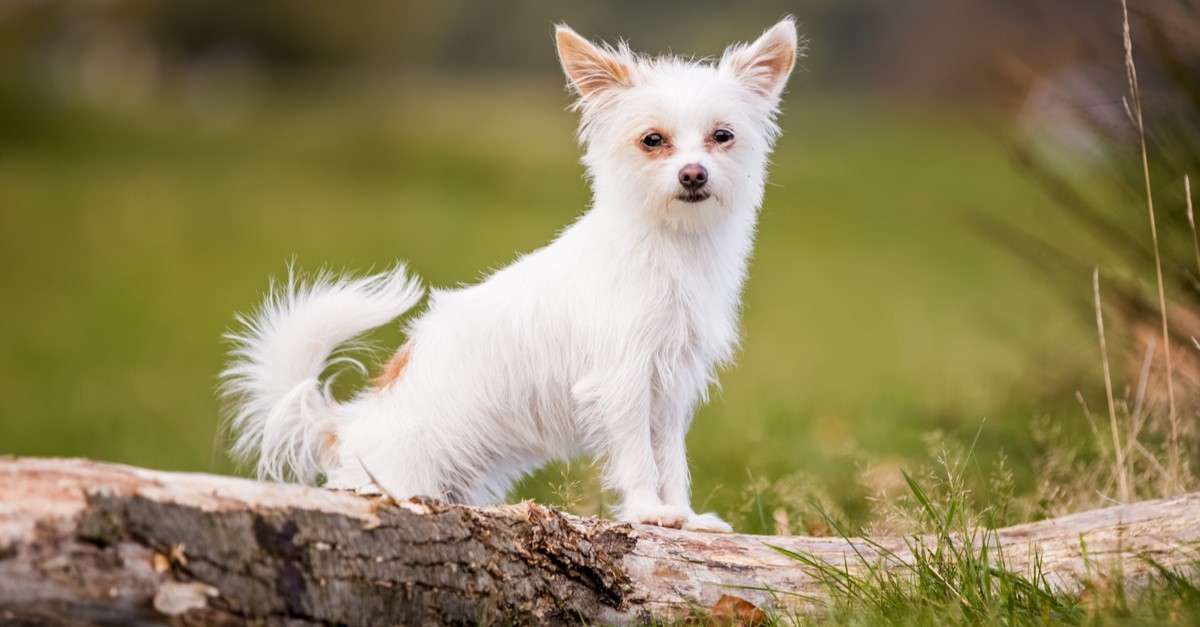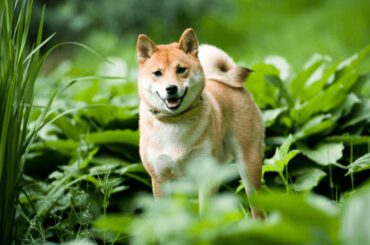The Skye Terrier Dog Breed is one of the oldest Scottish terriers. In the 16th century, when it was known for its long coat, a strain of such dogs was seen on the Isle of Skye. This explains why they were named “Skye Terriers”. In this article, we will discuss about Skye Terrier Dog physical appearance, behaviour, training and care, health, skye terrier temperament, skye terrier for sale, skye terrier puppies for sale, skye terrier mix, skye terrier dog show, skye terrier price and Skye Terrier Picture
The breed has been described in many ways over time. The Skye Terrier was originally bred to hunt foxes, otters, and other small animals.
The Skye Terrier is one of the oldest Scottish terriers, originating from the west coast of Scotland. They hunted from rocky cairns along the coast and were called Skye Terriers after their home island.
The Skye Terrier as we know it today was developed in Scotland as a result of crossbreeding. Queen Victoria, who reigned from 1837 to 1901, kept both drop- and prick-eared dogs. This enhanced their popularity among high society and commoners alike, and the Skye soon spread to America. Later, because of confusion surrounding various breeds named Sky terrier.
The most famous Skye of all time was Greyfriar’s Bobby, who slept on Greyfriar’s grave for 14 years until his own death. This dog is well known in the history of Skye and has been written about in many books and articles.
Table of Contents
Skye Terrier Dog Physical Appearance
The Skye Terrier is a dog that has a large body and head atop shorter legs. When standing on his hind limbs, an adult Skye reaches up to a person’s thigh or even higher depending on the individual’s height. The Skye Terrier has a short, soft undercoat and a hard, straight topcoat.
The shorter hair of the head veils the forehead and eyes, forming a moderate beard. The ears are generally well feathered, the hair normally falls like a fringe, accenting the form, and blending with the side locks.
The Skye Terrier is a Scottish breed. It has two varieties of ears: prick ear and drop ear. The prick-eared Skyes have ears that are set high on the skull and point upward. Drop-eared Skyes have somewhat larger ears, which are set lower on the skull and point downward.
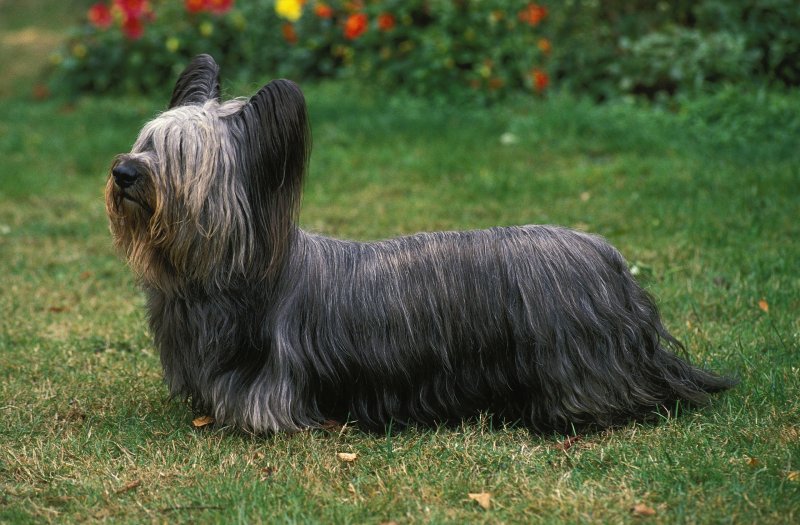
Regardless of variety, both types have hair that covers their body. The Skye terrier has a straight, flat outer coat that is usually black, blue, gray, fawn, or cream in color. Typically weighing between 25 and 40 pounds and standing between 9 and 10 inches tall, this dog is a solid-looking breed with a squared muzzle and sturdy legs.
Skye Terrier Dog Breed Behavior
Skye Terriers were bred to hunt and kill vermin, so they have a good deal of energy. They do best as working dogs, but their size makes them suitable for apartment life. They are very loyal and attentive, but they need to be kept busy or they will become destructive. Skye Terriers can adapt to almost any environment.
They are not the best choice for owners who are not home often, however. They need daily exercise to be healthy and happy. A walk is sufficient but they prefer longer walks or jogs with their owners. They are sensitive to scolding or harsh punishment, so training must be done with patience and consistency.
They are stubborn at times, but this can also make them good pets.
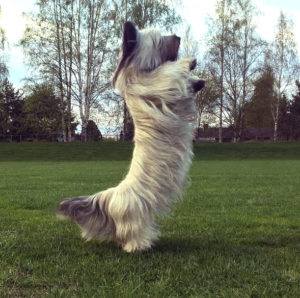
Skye Terrier Dog Breed Training and Caring
Skye terriers are known for their independent-mindedness, which can make training difficult. A fenced yard is an excellent place to allow these dogs to play and exercise, but they do need a walk each day as well.
Training should be done using a firm but kind attitude because Skye terriers respond best when trainers leave no room for negotiation. The Skye Terrier is a long-haired dog breed with a silky coat. It requires weekly brushing and combing with a soft or pin brush and a long-toothed comb to keep it free of tangles, but the breed requires no trimming.
When bathing your Skye terrier, pay special attention to the hair around his eyes and mouth. The hair may need extra cleaning due to tear staining, excessive drooling, or debris getting stuck in it.
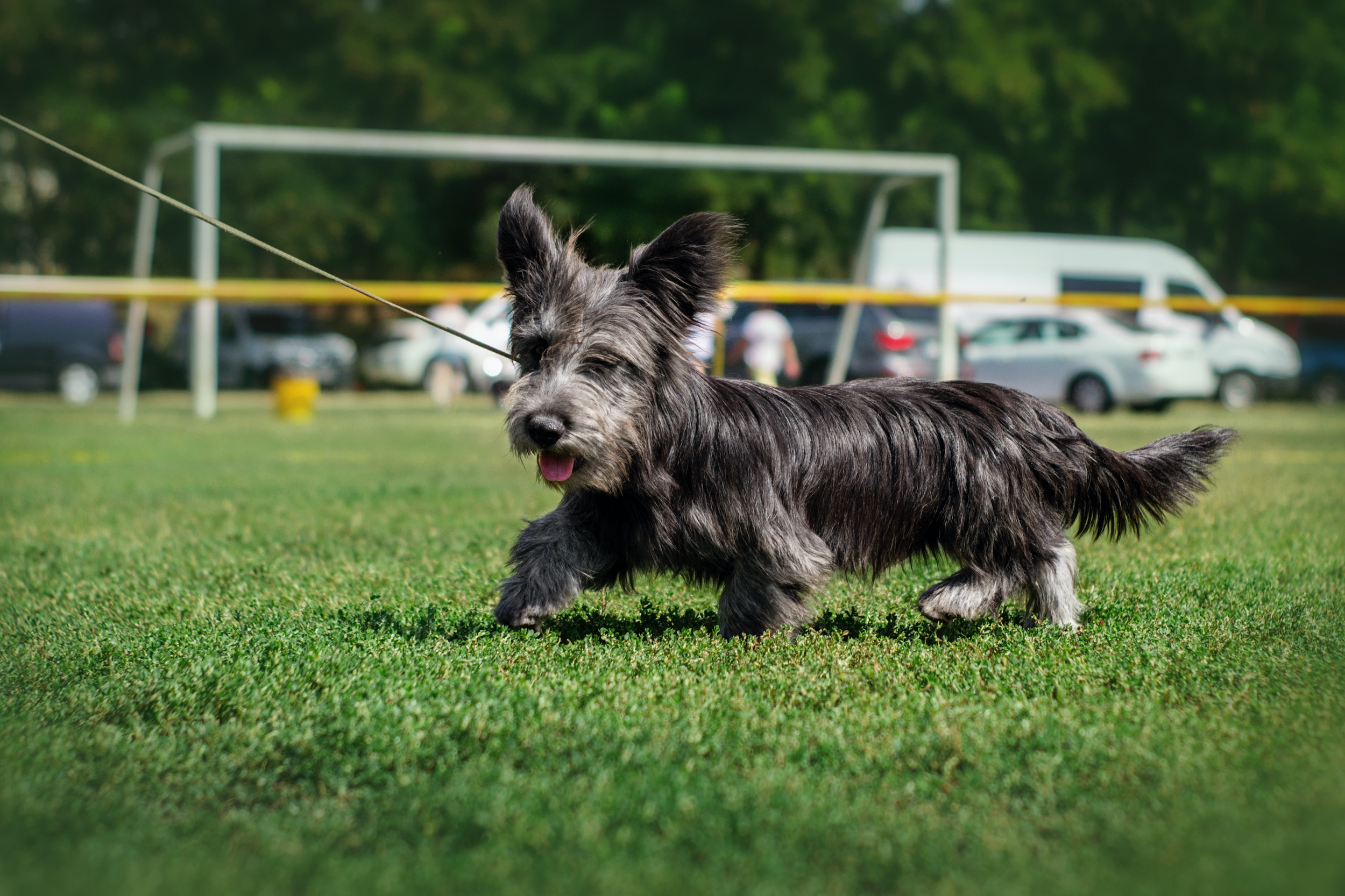
Skye Terrier Dog Breed Health
The Skye Terrier is a strong and healthy dog, but it may suffer from minor ailments. For example, premature closure of the distal radius occurs when the radius doesn’t fully develop in puppies. Copper toxicosis refers to an excess amount of copper in a dog’s body that can cause liver and kidney damage and lead to death if not treated. They thrive at around 12 to 14 years of age.
Skye Terrier Review
- Great for apartment living
- Unique personality and appearance
- Excellent companion for the right owner
- Not fond of cats, other dogs, or small children
- Tendency to bark and dig
- Can be stubborn and resist training
Skye terrier Temperament
Here are some key traits of their Skye Terrier temperament
- Skye Terriers are fiercely loyal and devoted to their families.
- Skye Terriers can also be quite independent and self-reliant
- Skye Terriers can be reserved and aloof with strangers, making them excellent watchdogs.
- Skye Terriers can be quick to react to any potential threats or changes in their environment
- Skye Terriers can be a bit stubborn at times.
- Skye Terriers are known for being gentle and patient with children when properly socialized
- Skye Terriers have a reputation for their long memory
Skye terrier for sale
If you’re looking for a Skye Terrier, Kindly consult your veterinarian in your local area who can help you find one near you. Adopt a Pet can also help you find one near you.
skye terrier puppies for sale
Puppy Prices. Average $1500 – $2000 USD
skye terrier mix
When a Skye Terrier is mixed with another breed, the resulting mix can inherit traits from both dog breeds.
Skye Terrier Dog Show
The Skye Terrier Club organizes two Skye Terrier Dog Shows every year. The Open show is held in April and The Championship show is held in September.
skye terrier price
Skye terrier puppy prices. Average $1500 – $2000 USD
Skye Terrier Picture
View all of our Skye Terrier pictures in the gallery. Below is the beautiful Skye Terrier Picture(s)
Skye Terrier Picture
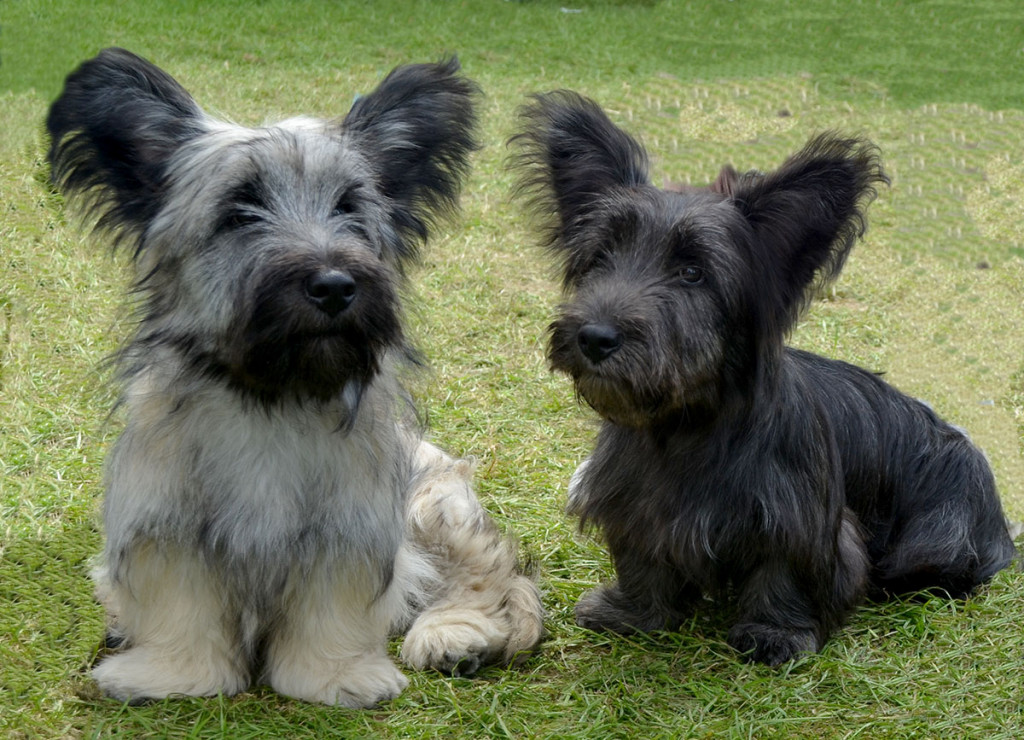
Skye Terrier Dog Breed Picture
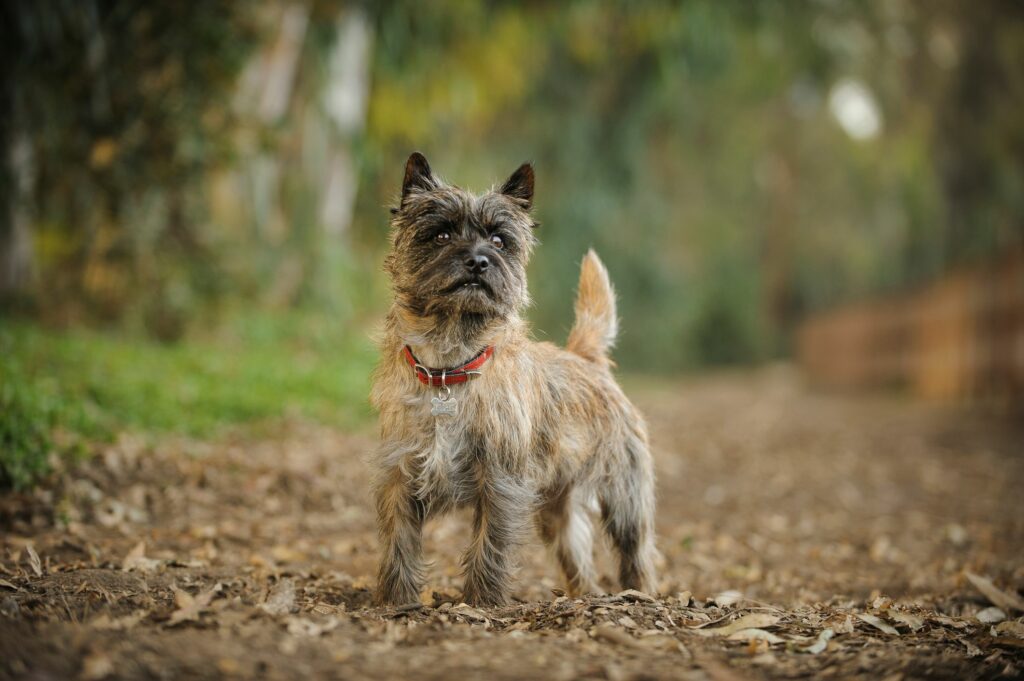
Skye Terrier Picture
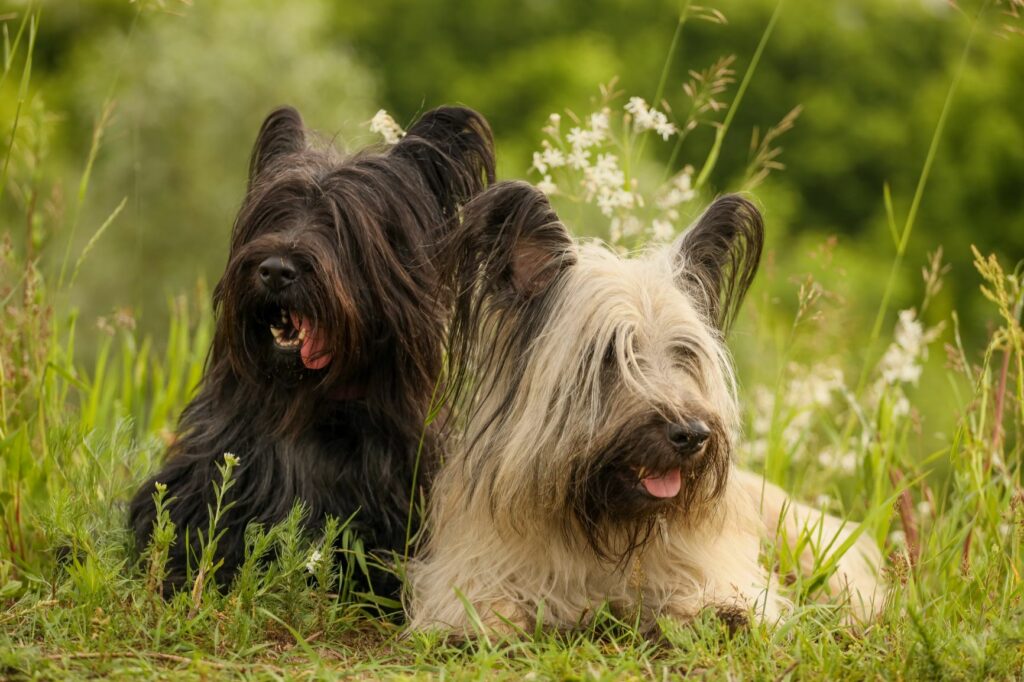
RECOMMENDED ARTICLES
- Belgian Shepherd Dog Breed Information – 4 Best Known Facts with Breed Standards
- Leonberger Dog Breed Information – 5 Good Best Known Physical Appearance, Facts & Personality Traits
- Basenji Dog Breed Information – 6 Amazing Physical Appearance, Traits & Facts
This website’s material is not intended to be a substitute for expert safety advice or professional treatment, nor should it be used to diagnose or treat any health issue or condition. It also is not meant to give any legal opinion or advice. For legal, medical, or other professional advice, please contact your Veterinary Doctor or other healthcare provider. We do not assume any duty for and do not warrant the reliability or operation of, the goods or services we evaluate, which are offered by third parties. Only educational aims are served by our content.
If you like, please share it. Sharing is usually caring.

